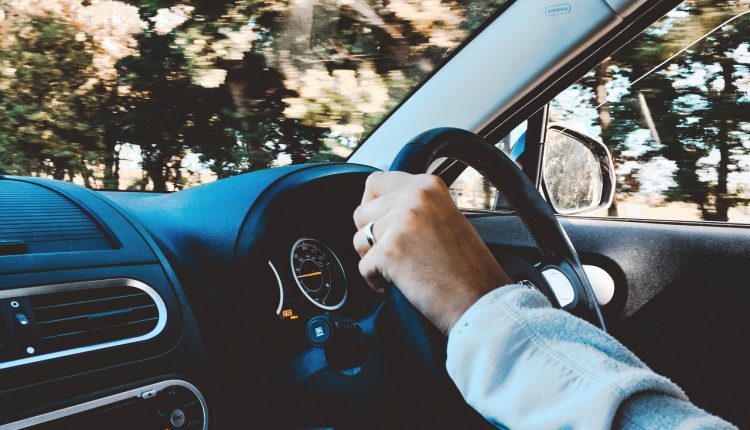If you’re injured in an accident caused by a driver who doesn’t have any car insurance, or if your car is damaged and the driver responsible can’t pay, this article will explain the Indiana uninsured motorist policy.
The Uninsured Motorist coverage protects you against injury or property damage caused by another motorist who doesn’t have any liability insurance or whose available limits are lower than yours. It’s designed to protect you from drivers without liability coverage. So if you were in a car accident with an uninsured or underinsured driver, you could receive compensation for property damage or bodily injuries.
Suppose you don’t know many things about the uninsured motorist (UM) policy. In this case, you should contact a personal injury lawyer to answer any questions you might have about the coverage. Keep in mind that you might actually have it without remembering it. In Indiana, your auto liability policy already includes the uninsured and underinsured motorist’s coverage unless you reject them in writing.
The UM insurance is not as comprehensive as collision coverage. Because of this, you must do a little research to make sure it applies to your situation. In addition, many people have different understandings of the term “uninsured motorist.” So, if you get in an accident with one, talk to your attorney first to make sense of the policy, your rights, fault laws in Indiana, and more.
Significant Types Of UM Insurance
1. UM Personal Injury Protection
If you’re in an accident and hurt, PIP is the most common type of UM coverage you can rely on. It pays 100% of your medical expenses after the deductible amount.
2. UM Property Damage
If you’re involved in an accident, and your vehicle is damaged or stolen, this is the second most common type of UM coverage. Again, UM PDP pays 100% of your losses up to the policy limits.
3. UM Collision
If you’re involved in a collision and your car is damaged, you need to understand this type of UM coverage. It pays up to 25% of the repair cost, up to the policy limits. If the vehicle can’t be fixed or totalled for less than the premiums you’ve paid, it pays the difference up to your policy limits.
4. UM Comprehensive Coverage
Suppose you’re in an accident and your car is damaged. In that case, this UM coverage pays 100% of your vehicle losses if another uninsured motorist damages your car with a liability policy that doesn’t pay for damages to other vehicles.
5. UM Personal Property
If your car is damaged and you haven’t been in an accident, but the driver responsible can’t pay, this type of coverage pays 100% of the cost to repair or replace your car if it’s damaged by another driver whose insurance won’t cover it.
Coverage limits vary by state and are based on state laws. In most states, liability limits are between $25,000 and $50,000 for bodily injury per person and $50,000 to $100,000 for property damage. Uninsured Motorist policies have a minimum limit of $100 for bodily injury per person and a minimum of $300 for property damage. Personal Injury Protection (PIP) usually doesn’t cover items that are more than 75% damaged by collision or fire.
The minimum liability limits in Indiana for UM are $25,000/$50,000 for bodily injury and $25,000 for property damage.
Why Should You Have Uninsured Motorist Coverage In Indiana?
Uninsured motorist insurance is essential coverage for any driver. It protects you from drivers without liability insurance or those with not enough money to cover your medical and property damage expenses.
UM covers medical expenses and reasonable, uninsured health care costs not covered by your regular insurance. They are enough to cover most injuries and property damage claims. The problems arise when you don’t know that you have such insurance or carry it without fully understanding how it works. It puts you at risk of under-insurance or even over-insurance.
Uninsured motorist policies wouldn’t cover property damage unless you were in an accident. So, for example, if you are involved in a hit-and-run, your UM coverage won’t help you unless the accident was caused by someone uninsured or underinsured. Because of this, it is essential to understand the coverage limits of your UM policy.
Getting an attorney for more than just insurance information is crucial if you are involved in a hit-and-run. Remember that a hit-and-run is a Class A misdemeanour in Indiana. If you are convicted of such a charge, you pay fines and spend at least one year in jail.
Excessive under-insurance can be catastrophic. For example, if you are involved in an accident without enough insurance to cover your damage, the damages could result in bankruptcy or even your home loss. In other words, make sure you talk to your insurance agent about everything your policy covers. Then, if you are still confused, discuss matters with your lawyer.




